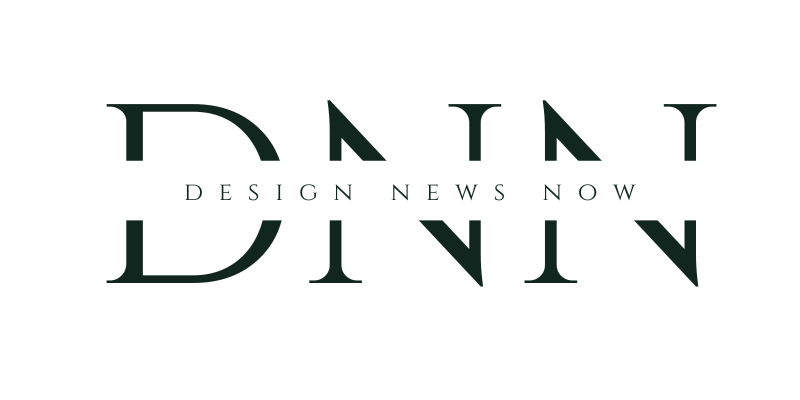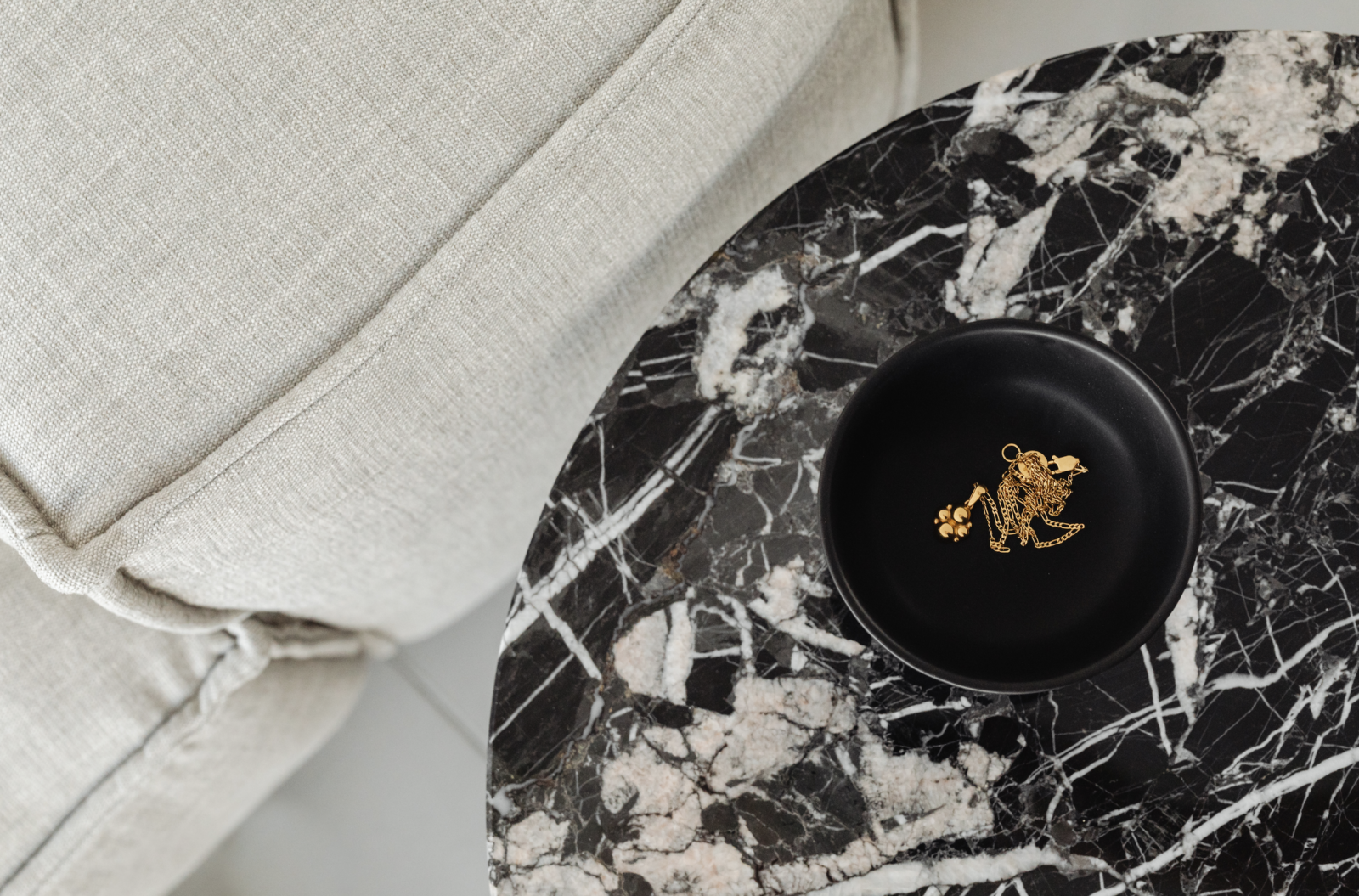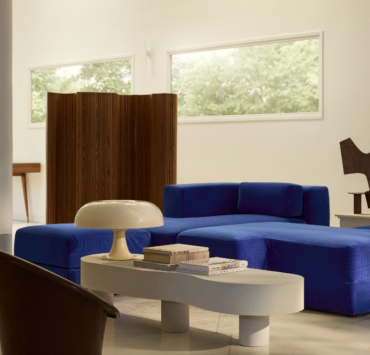With well-heeled consumers better able to weather economic downturns, the high-end home furnishings market often stays vibrant even when the lower and middle portions fade.
But recent days have brought news of how even the upper end is being dimmed by broader economic factors.
First was the announcement in late August that luxury home furnishings manufacturer and retailer Mitchell Gold + Bob Williams was abruptly shuttering factories and stores after being unable to secure needed financing. Last week, the Taylorsville, North Carolina-based company filed for Chapter 11 bankruptcy.
Late last week, RH released its second-quarter financial results, which included a 19% drop in revenue compared with the second quarter of last year. Even while giving its annual revenue guidance the tiniest of bumps — now estimated at $3.04 billion to $3.1 billion from a prior forecast of $3 billion to $3.1 billion — the company noted the difficulties that lie ahead.
In his Sept. 7 letter to shareholders, Gary Friedman, chairman and CEO of the design-focused home furnishings brand based in Corte Madera, California, was circumspect about the economy: “We continue to expect the luxury housing market and broader economy to remain challenging throughout fiscal 2023 and into next year as mortgage rates continue to trend at 20-year highs and the current outlook is for rates to remain unchanged until the second quarter of 2024.”
Hooker Furnishings, whose brands span the broader market but venture into the higher ends, saw second-quarter sales fall 36% compared with the same period last year. The Martinsville, Virginia-based company attributed part of the decline to its liquidation of Home Meridian lines but also blamed it on “industrywide decreased demand for home furnishings.”
In comments released just a day after RH’s, Jeremy Hoff, Hooker Furnishings CEO and director, noted that retailers are “continuing to sell through over-inventoried positions” and pointed to “a short-term glut of heavily discounted home furnishings in the market” as specific factors driving down demand for higher-priced furniture.
So, we’ve got interest rates higher than we’ve seen in a generation and steep home prices combining to cripple the housing market. We’ve got retailers with bloated inventories and consumers who are still spending, just not on home furnishings. And although Friedman and Hoff didn’t mention it in their earnings reports, I will: We’re heading into an election year that could be even more contentious than the past two presidential cycles. That’s not an environment that makes consumers eager to go out spending and investing, even if they have the money to do so.
Looking at bright spots
But companies like to focus on hopeful notes in their messages to shareholders, and both RH and Hooker Furnishings are pointing to positives that could boost their companies, if not the broader industry.
Hooker Furnishings noted that it has grown and improved its showrooms in Atlanta, High Point and Las Vegas, increasing its “customer contacts from about 3,000 to around 14,000.” And it recently acquired Atlanta-based BOBO Intriguing Objects, broadening its product offerings to include lighting, decor, textiles and wall art.
RH is going big with the recent mailing of its new 604-page RH Interiors Sourcebook, part of an effort to update its entire product assortment over a 12-month period. The RH Contemporary Sourcebook and RH Modern Sourcebook will roll out in October and early January, respectively. The company is also refreshing its RH Galleries and opening new locations, with U.S. stores planned for Indianapolis, Cleveland, Palo Alto and Montecito in late 2023 and early 2024.
When it comes to RH Design Studios, RH will go where the big money is. “We also believe there is an opportunity to address new markets locally by opening Design Studios in neighborhoods, towns and small cities where the wealthy and affluent live, visit and vacation. We have several existing locations that have validated this strategy in East Hampton, Yountville, Los Gatos, Pasadena and our former San Francisco Gallery in the Design District, where we have generated annual revenues in the range of $5 to $20 million in 2,000 to 5,000 square feet,” Friedman said in his shareholder letter. “We have just secured our first new location for a Design Studio in Palm Desert, which should open in the first half of 2024.”
Friedman said the company has its eye on 40 U.S. markets that could be ideal for Design Studios and, perhaps eventually, larger RH Galleries.
Even a few difficult quarters don’t mean the high-end furnishings market isn’t resilient long term or that consumers are finished spending on their homes. But it makes planning for 2024 even more important, as home furnishings brands and interior design firms look for ways to broaden their businesses, hone their offerings and target their best customers.




